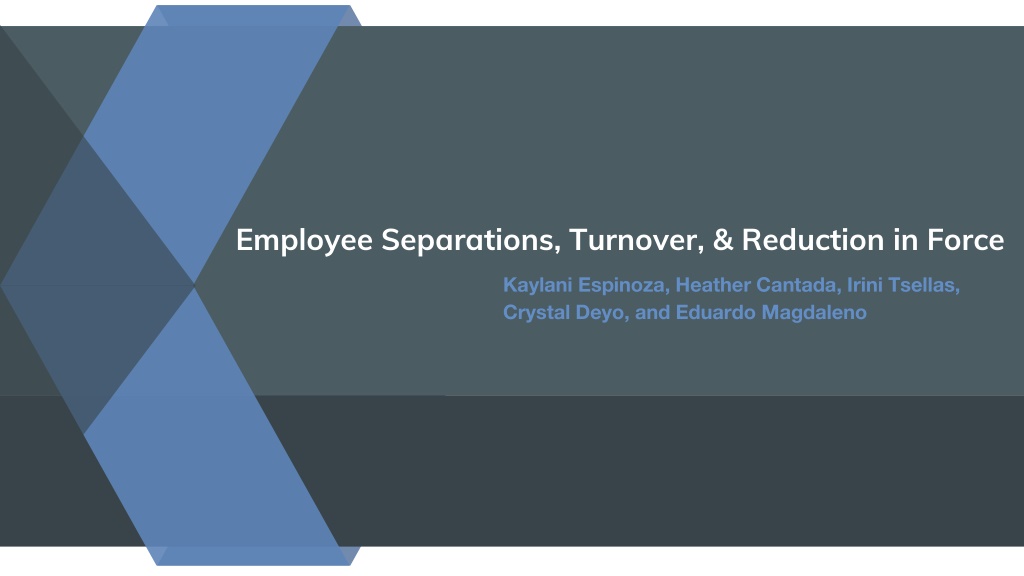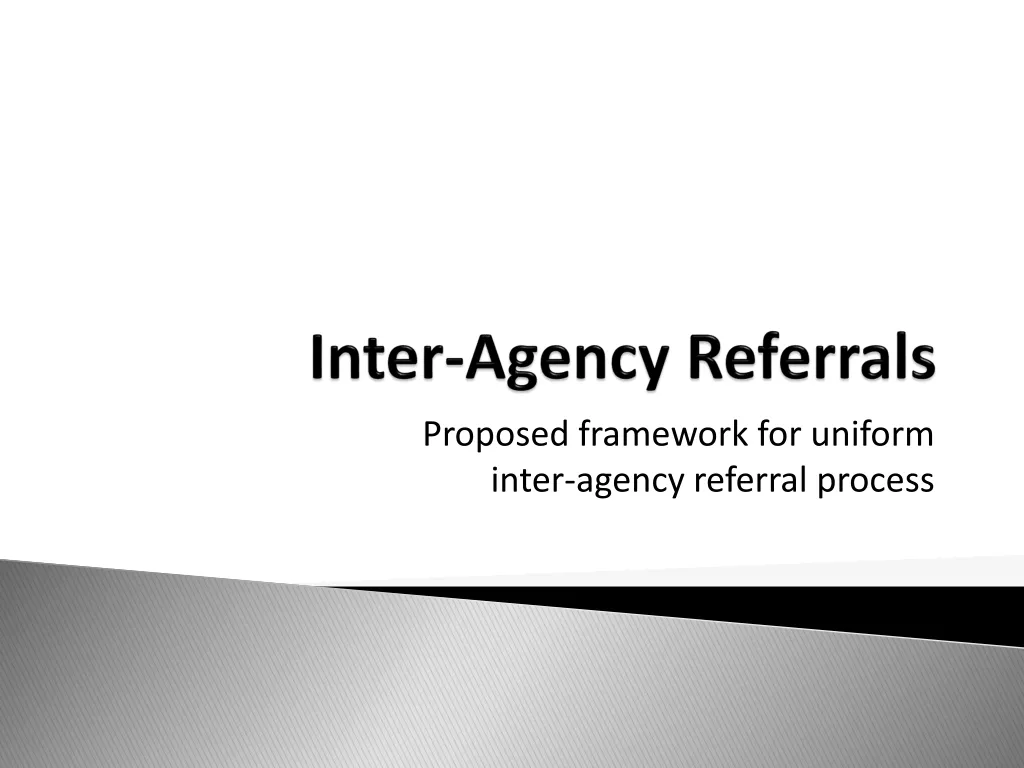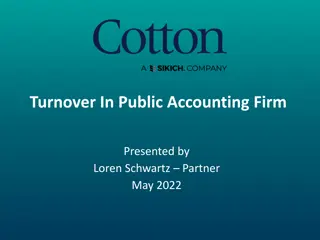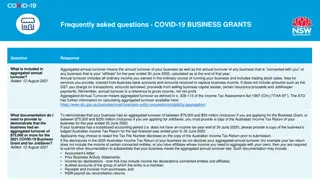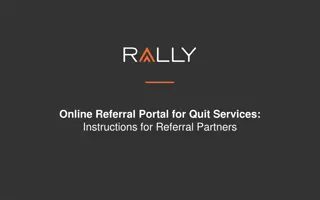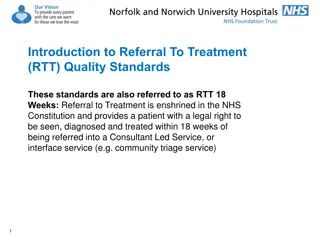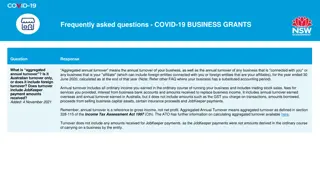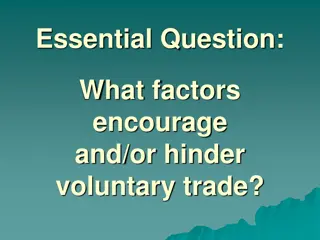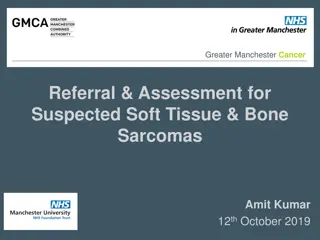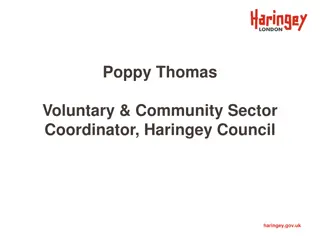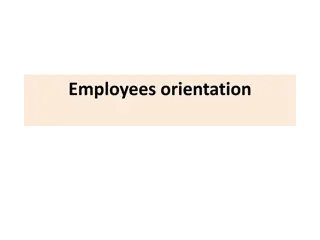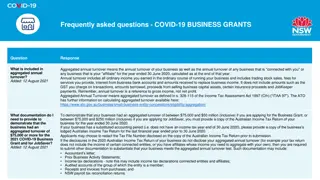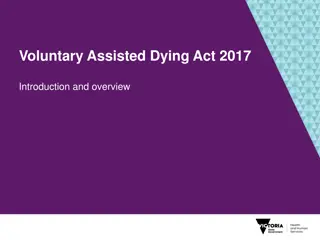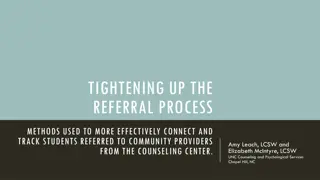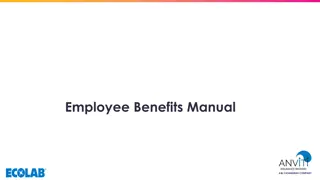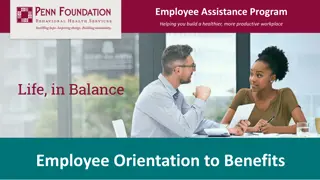Employee Referral Impact on Voluntary Turnover
This study delves into how the characteristics of referrers, such as their performance, employment status, and job congruence, influence the likelihood of voluntary turnover among referral hires. The research analyzes a sample of 386 referrer-referral hire CSR pairs in a two-year observation at a U.S. call center, with measures like voluntary turnover likelihood and survival analysis. By exploring these nuances, the study aims to shed light on the dynamics of referral hiring and its impact on turnover rates.
Download Presentation

Please find below an Image/Link to download the presentation.
The content on the website is provided AS IS for your information and personal use only. It may not be sold, licensed, or shared on other websites without obtaining consent from the author.If you encounter any issues during the download, it is possible that the publisher has removed the file from their server.
You are allowed to download the files provided on this website for personal or commercial use, subject to the condition that they are used lawfully. All files are the property of their respective owners.
The content on the website is provided AS IS for your information and personal use only. It may not be sold, licensed, or shared on other websites without obtaining consent from the author.
E N D
Presentation Transcript
Employee Separations, Turnover, & Reduction in Force Kaylani Espinoza, Heather Cantada, Irini Tsellas, Crystal Deyo, and Eduardo Magdaleno
Uncovering the Nuances of Referral Hiring: How Referrer Characteristics Affect Referral Hires Performance and Likelihood of Voluntary Turnover Kaylani Espinoza
Key Terms Referrer Performance at Hire-How the referrer is performing at referral hire start Referrer Tenure at Hire- How long the referrer has been with the company Referrer Employment- Whether or not the referrer remains employed with the company Referrer-Referral Hire Job Congruence- The degree of correspondence between the referrer and referral hires jobs
Key Terms Referrer Quality=(Referrer Performance + Tenure at Hire) Referrer Post-Hire Accessibility= (Referrer Employment Status + Referrer-Referral Hire Job Congruence
Focus To examine if the characteristics of the referrer, specifically their performance, employment, and job congruence, affect the referral hires' likelihood of voluntary turnover.
Method Sample 386 referrer-referral hire CSR pairs Separated by client, client program, and team Referral Hire Characteristics Referrer Characteristics
Method Setting 2 year observation at a U.S call center Customer Service Representative(CSR) longitudinal data was provided weekly on performance and turnover Supplemental Analysis: Referral Bonus Plan $100 lump sum twice $15 biweekly
Measures Voluntary Turnover Likelihood Survival Analysis- models the probability of an employee leaving voluntarily over the duration of the person's employment Referrer Performance Call/Hour Analysis
Results Referral hires are less likely: To voluntarily leave than non referral hires. To quit voluntarily as long as their referrer remained employed $15 bonus: Referral hires w/ similar jobs as their referrer had lower turnover propensities than those under the $100 bonus option
Results Referral hires from high performers are more likely: To leave than those from average performers To be higher performers No support found for: Referrer tenure affecting referral hire voluntary turnover Job congruence relating to referral hires turnover propensity
Take-home Message Increase referrals by giving bonuses, gift cards, trips Create a sense of community/ team environment Follow-up with referral hires during a shock (referrer turnover) Use performance-based bonuses Offer career-development opportunities
The Impact of Motivation, Empowerment, and Skill-enhancing Practices on Aggregate Voluntary Turnover: The Mediating Effect of Collective Affective Commitment Heather Cantada
Key Terms Collective affective commitment - shared mindset among collective individuals regarding their employer characterized by the feelings of loyalty and a desire to invest mental and physical energy in helping the organization achieve its goal. Motivation- enhancing practices - regular feedback, individual/group incentives, merit pay, etc. Empowerment-enhancing practices - information sharing, participation in decisions, etc. Skill-enhancing practices - selection testing, recruiting, training, etc.
To examine if collective affective commitment has a mediating effect on motivation-, empowerment-, and skill-enhancing practices when it comes to aggregate voluntary turnover
Company that distributes Method and markets food Level of analysis: job groups 93 job groups; 1,748 employees
Measures Affective organizational commitment Aggregate voluntary turnover Motivation, empowerment, and skill indexes Control variables
Results There was a negative relationship between collective affective commitment and aggregate turnover. Skill-enhancing practices are positively associated with aggregate turnover, but independent of collective affective commitment. Motivation and empowerment practices had a positive correlation to affective commitment; therefore, reducing aggregate voluntary turnover.
Managers should supplement their skill-enhancing practices with motivation- and empowerment- enhancing practices as it can: increase commitment and reduced turnover. If managers want to implement skill-enhancing practices, they must tailor their incentive programs. Take-home message
Understanding the Determinants of Who Gets Laid Off: Does Affective Organizational Commitment Matter? Irini Tsellas
Affective Organizational Commitment - relates to how employees feel valued, act as ambassadors and are generally great assets for organizations Key Terms Task Performance - is a working process which occurs when an assigned person (or a workgroup of persons) effectuates a task's plan: this refers to a manner in which they realize the work which was projected for a task
Economic Exchange Agreement - transactions between parties that represent discrete, financially oriented interactions Key Terms (cont.) Social Exchange Agreement - reciprocal obligations, attachments, and identification an employee has with the organization
Data Collection - 3,057 respondents from 563 branches Method Measures - 155 employees laid off in five year period (5% layoff rate)
Measures Affective Organizational Commitment Task Performance Control Variable Analytical Procedures
Take - Home Message Selection for Retention (Layoff Criteria)
The Dynamic Nature of Collective Turnover and Unit Performance: The Impact of Time, Quality, and Replacements Crystal Deyo
Key Terms Collective Turnover Turnover Dispersion
To examine the dynamic properties of turnover rates through changing of quality & quantity losses, turnover dispersion, and changing quality & quantity of replacements.
Method Sample Testing 108,357 employees 988 units CET Theory
Measures Unit Performance Turnover rate & turnover rate exchange Quality and Quantity of turnover Quality and Quantity of replacement hires
Results Turnover rates increase job demands for employees Depletion of unit collaboration Employees may experience shock Decrease in unit performance
The impacts of turnover can be reduced through strategic management decisions and staffing forecasting based on past turnover rate changes Take-home message
GONE TODAY BUT HERE TOMORROW: EXTENDING THE UNFOLDING MODEL OF TURNOVER TO CONSIDER BOOMERANG EMPLOYEES Eduardo Magdaleno
Key Terms: Image violations: Occur when an individual s values, goals, and strategies for goal attainment do not fit with those of the organization or those implied by the shock Boomerangs:employees who quit but are later rehired Alumni: employees who quit but will not return Shocks:specific episodes that trigger thoughts of leaving or lingering dissatisfaction that ultimately ends with a decision to leave. Undecided former employees (Undecideds):those who would consider returning could become Boomerangs in the future or they may remain Alumni.
Method: Sample: Company: PROSERV Two Surveys sent out to current and ex-employees 980 current Boomerang employees in company A total of 452 surveys were completed (46% response rate) 19,875 former employees 3,164 email surveys were completed (15.9%
Focus: Turnover: Examine the post-turnover relationship between employees who quit an organization temporarily or permanently.
Results Continued: Path 1: Boomerangs Path 2: Alumni Path 3: Boomerangs Path 4a: Alumni Path 4b: Boomerangs
Take-Home Message: Boomerangs can save firm s money when rehired. Organizations should create different strategies to retain boomerangs and alumni. . HRM should focus on keeping personal contact with boomerangers for possible future employment HRM should focus on retaining and satisfying current employees to avoid permanent leave.
OVERALL TAKE-HOME MESSAGE Employee Incentives Collective affective commitment Career Development Opportunities Follow-up with referral hires during a shock HRM should keep a personal connection with boomerangs for possible return in the future. HRM should prevent dissatisfaction with current employees to avoid increase in alumni employees
